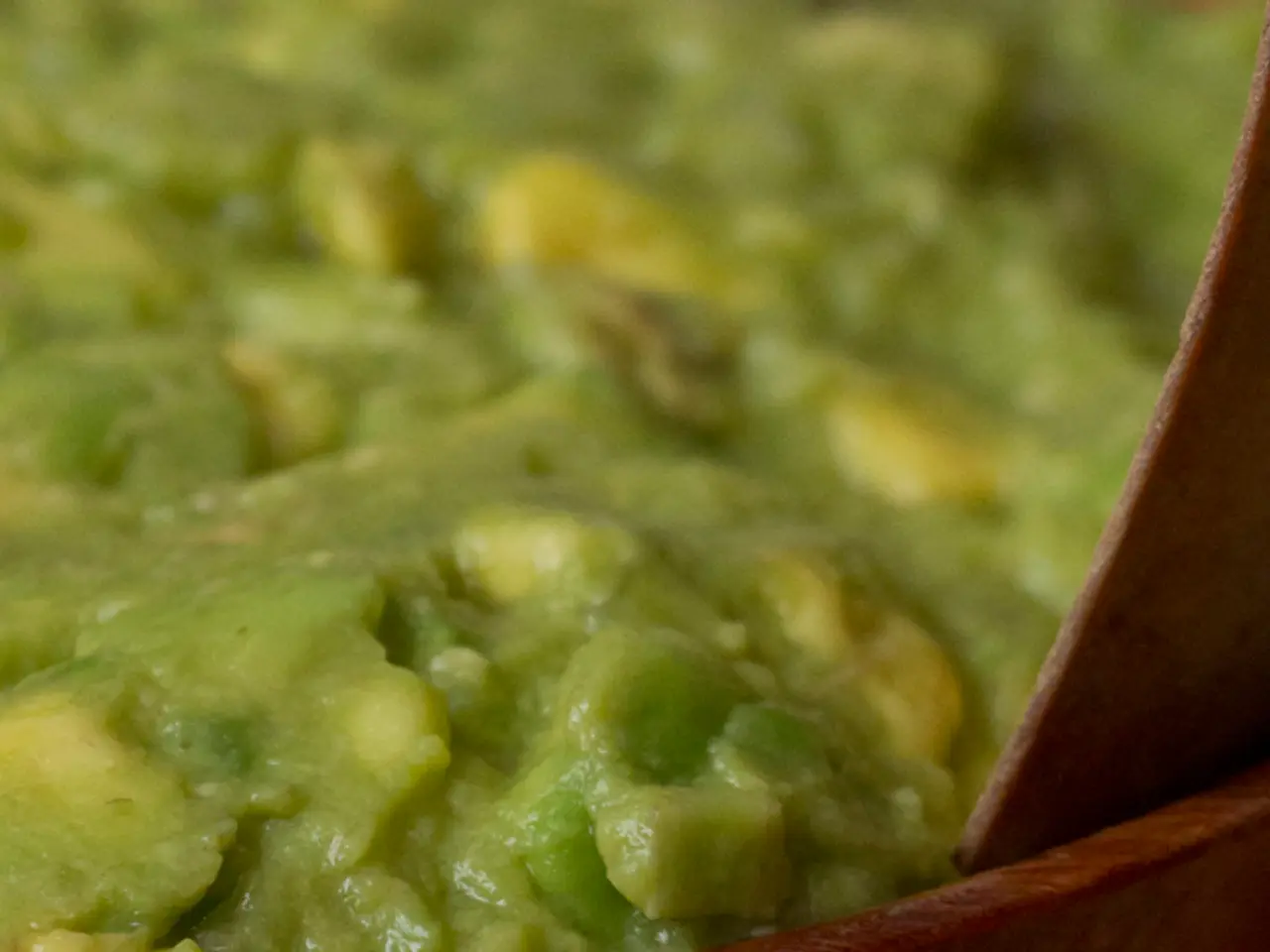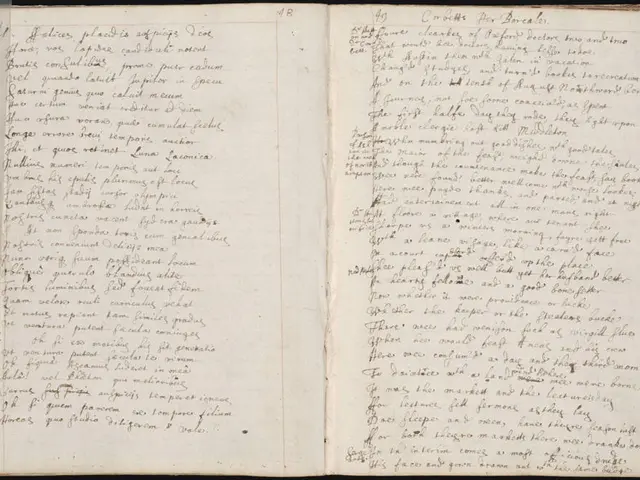Preparing Homemade Infant Foods
Preparing and storing homemade baby food can be a rewarding experience for parents, but it's essential to follow some key guidelines to ensure food safety and your baby's health.
Preparation
To start, always wash your hands thoroughly with soap and water before handling food. Consider using gloves, especially if you have cuts or long nails, to avoid contamination. Wash, peel, and trim fruits, vegetables, and meats, removing skin from chicken or fish and bones from fish. Cook foods by steaming, boiling, or microwaving until soft and fully cooked. Use cooking liquid to adjust consistency when pureeing or mashing. Introduce allergenic foods like cooked egg and peanut butter gradually, one at a time.
Food Safety Hygiene
Maintain a clean baby eating area, including high chairs and utensils, before feeding. Clean all utensils, cutting boards, and preparation surfaces with hot, soapy water before and after use. Avoid bare-hand contact with ready-to-eat baby food using gloves or utensils. Avoid preparing baby food when ill with vomiting or diarrhea.
Storage
Store homemade baby food promptly in sealed, clean containers. Refrigerate and use within 2 days. For longer storage, freeze food in clean ice cube trays covered with lids or plastic wrap; use within 30 days. Label containers with the contents and date.
When reheating, warm the food thoroughly, stirring well to eliminate hot spots. Test temperature with a clean spoon on your lip before feeding. Discard any leftover food from a serving; do not reuse or reheat again.
Temperature Control
Keep refrigerated foods at 41°F (5°C) or below. Use a refrigerator thermometer to monitor. Use a food thermometer to ensure food is cooked to the appropriate internal temperature to kill harmful bacteria.
Following these steps reduces the risk of foodborne illness and ensures your baby receives safe, nutritious homemade food. Store fruits and vegetables in the refrigerator for up to 2 days, meats or egg yolks for up to 1 day, and use fresh, unsweetened, unsalted, unspiced, and un-fatted food for making baby food.
For longer storage, freeze fruits, vegetables, meats, and meat-and-vegetable combinations for up to 1 month. Use ice cube trays for freezing baby food, cover with plastic wrap, and then transfer frozen cubes to labeled plastic bags. Thaw stored baby food by placing it in the refrigerator overnight, microwaving it while stirring, or placing it in a bowl in hot water.
By taking these precautions, you can enjoy the satisfaction of providing your baby with healthy, homemade meals while minimising the risks associated with foodborne illness. Happy cooking!
- Document safe food storage practices by refrigerating homemade baby food within 2 days and freezing for up to 30 days.
- Keep frozen baby food in labeled plastic bags for easy identification and convenience.
- Practice temperature control by refrigerating foods at 41°F (5°C) or below and use a food thermometer to ensure cooked foods reach appropriate internal temperatures.
- Home-and-garden improvements can include organizing your kitchen to accommodate family-health needs, such as dedicated areas for food preparation and storage.




